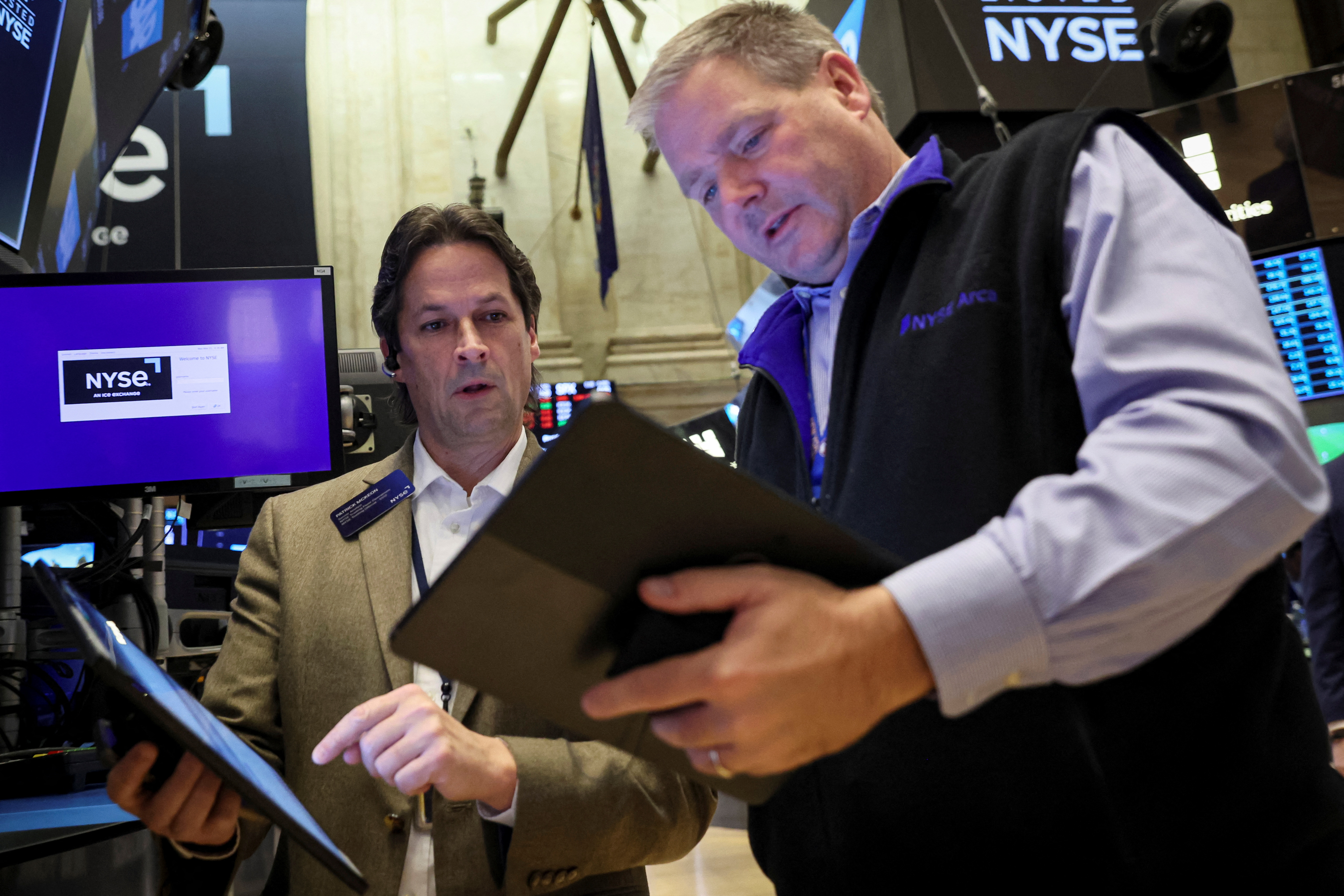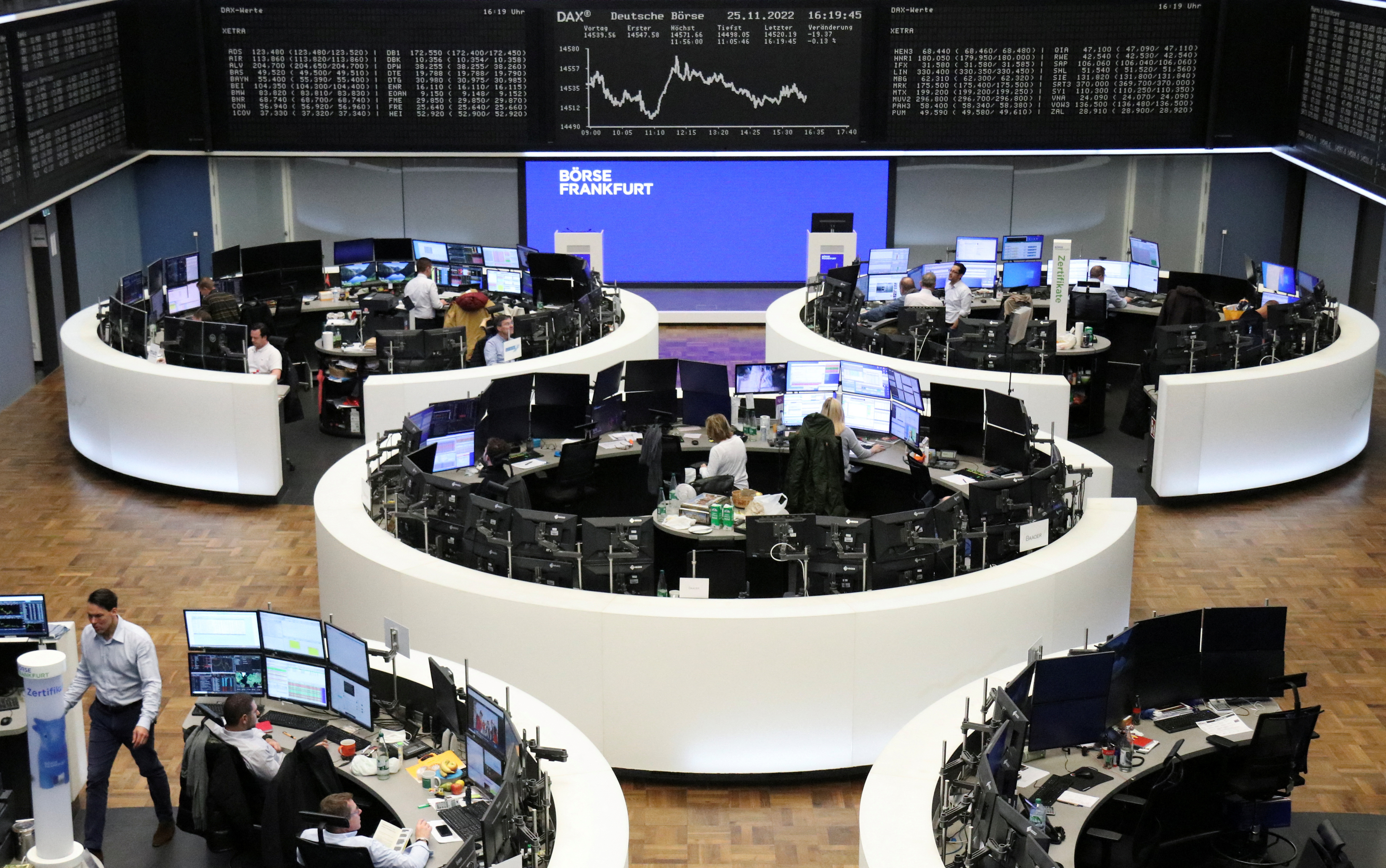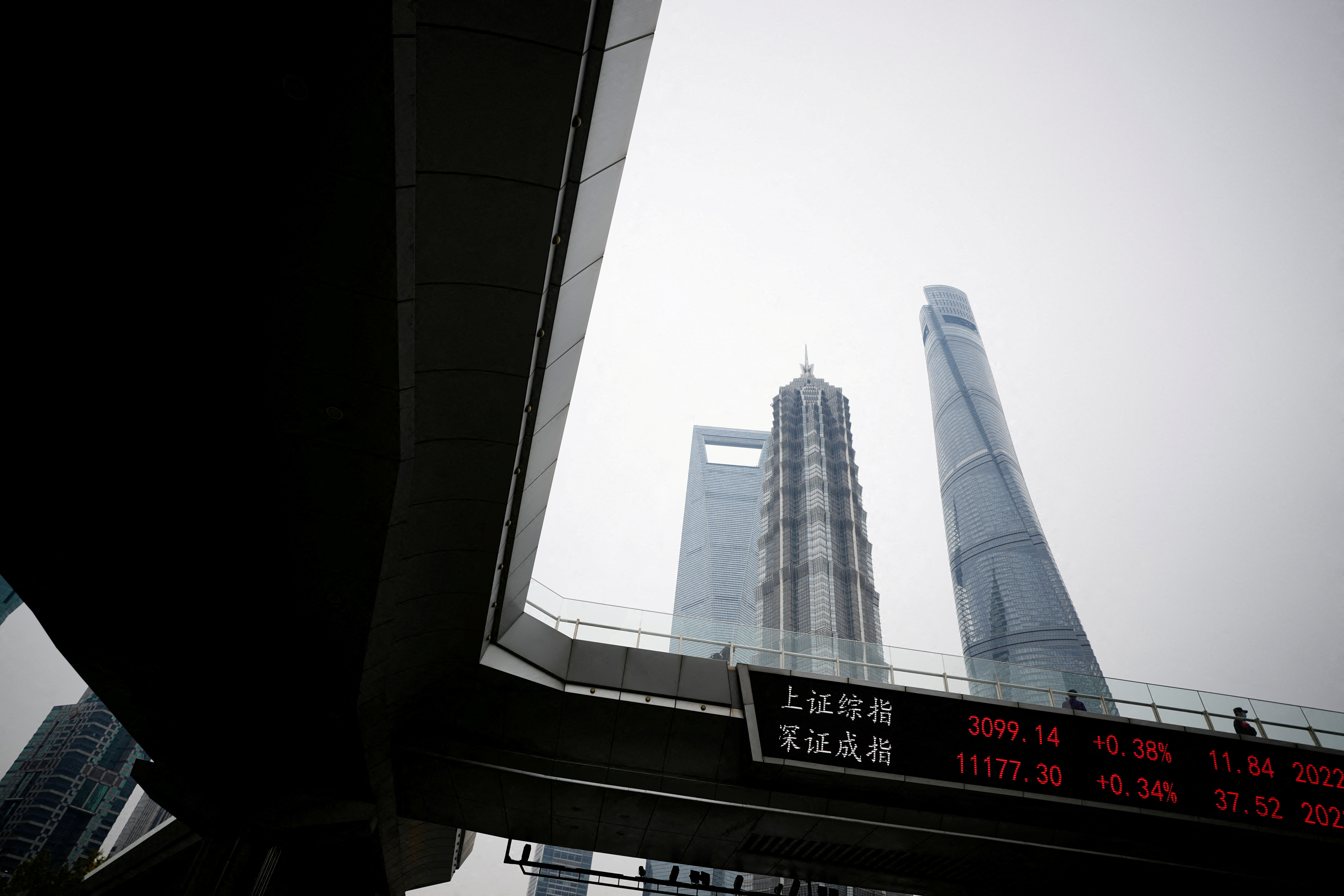Wall Street lost ground on Tuesday as investors awaited guidance on the Federal Reserve’s rate hiking path, while the dollar also slipped and oil gained on hopes that protests in China could lead to looser COVID-19 restrictions.
The Australian dollar bounced back on Tuesday as investors hoped that China would ease COVID restrictions that have increased fears about global growth, while the U.S. dollar also dipped against the euro and yen. The optimism was derived from indications from Chinese health officials that the country would speed up COVID vaccinations for elderly people.
U.S. Treasury trading was choppy ahead of a slew of data due later in the week and after a survey released on Tuesday showed that U.S. consumer confidence eased further in November amid persistent worries about the rising cost of living.
Richmond Federal Reserve Bank President Thomas Barkin became the latest official to douse speculation the U.S. central bank would reverse course on interest rates relatively quickly next year in comments made late on Monday.
After similar messages from other Fed officials on Monday, investors were warily awaiting an appearance by Fed Chair Jerome Powell on Wednesday. Earlier this month he had dashed hopes of policy easing when he spoke to reporters after a Fed meeting.
“Investors rare hedging against what could be a hawkish reiteration of his press conference comment. That could cast some cold water over recent market rallies,” said Mark Luschini, chief investment strategist at Janney Montgomery Scott in Philadelphia.
Weakening consumer confidence may have marginally helped to soften Treasury yields, weaken the dollar and boost stocks as investors viewed it as “ammunition for the Fed to soften its hawkish impulse,” the strategist added.
The Dow Jones Industrial Average (.DJI) fell 162.05 points, or 0.48%, to 33,687.41, the S&P 500 (.SPX) lost 22.79 points, or 0.57%, to 3,941.15 and the Nasdaq Composite (.IXIC) dropped 95.50 points, or 0.86%, to 10,954.00.
The pan-European STOXX 600 index (.STOXX) lost 0.15% and MSCI’s gauge of stocks across the globe (.MIWD00000PUS) shed 0.22%.
Emerging market stocks (.MSCIEF) rose 2.41%. MSCI’s broadest index of Asia-Pacific shares outside Japan (.MIAPJ0000PUS) closed 2.43% higher, while Japan’s Nikkei (.N225) lost 0.48%.
U.S. Treasury yields rose in choppy trading as investors waited for upcoming data including third-quarter U.S. data on gross domestic product (GDP), Chicago manufacturing numbers, factory activity based on the Institute for Supply Management and non-farm payrolls for November due out Friday.
Benchmark 10-year notes were last up 1.6 basis points to 3.718%, from 3.702% late on Monday but the 2-year note was last was down 1.6 basis points to yield 4.4546%, from 4.471%.
“It’s going to be a busy second half of the week with all the data points we’re expecting. But the main focus will be on inflation and jobs,” said Subadra Rajappa, head of U.S. rates strategy, at Societe Generale in New York.
The dollar index rose 0.122%, with the euro down 0.06% to $1.0331.
The Japanese yen strengthened 0.38% versus the greenback at 138.43 per dollar, while Sterling was last trading at $1.1965, up 0.06% on the day.
The Aussie was last up 0.56% against the dollar after earlier rising as much as 1.4%.
Oil prices climbed on hopes for a relaxation of China’s strict COVID-19 controls, which had fueled demand concerns.
U.S. crude recently rose 1.63% to $78.50 per barrel and Brent was at $84.45, up 1.51% on the day.
Gold prices rose with help from the dollar’s retreat and hopes for less aggressive U.S. rate hikes going forward.
Spot gold added 0.6% to $1,750.48 an ounce while U.S. gold futures gained 0.65% to $1,751.60 an ounce.
Related Galleries:





